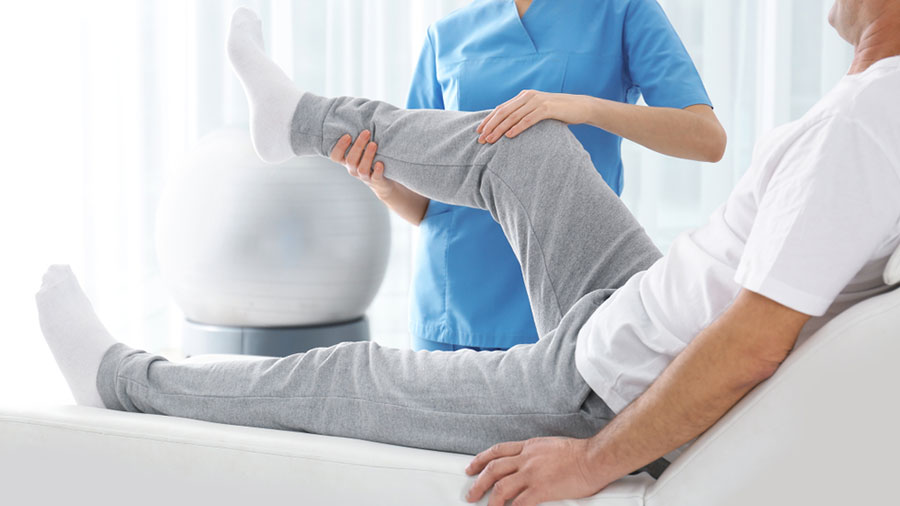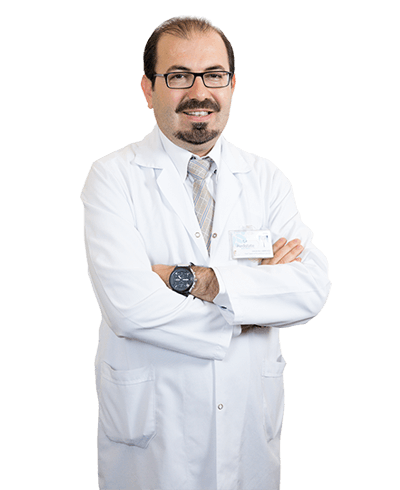
Physical Medicine and Rehabilitation (PM&R), often referred to as physiatry, is a medical specialty dedicated to enhancing and restoring the functional abilities and quality of life for individuals affected by physical impairments or disabilities. This field encompasses a wide range of conditions and injuries, from musculoskeletal disorders and neurological impairments to sports injuries and chronic pain.
PM&R encompasses a diverse range of conditions, including:
1. Musculoskeletal Disorders: These include conditions such as back pain, arthritis, and sports injuries. Physiatrists employ various therapies, exercises, and interventions to improve musculoskeletal function.
2. Neurological Impairments: PM&R plays a crucial role in rehabilitating individuals with neurological conditions like stroke, spinal cord injuries, and traumatic brain injuries. Therapies focus on regaining mobility, strength, and independence.
3. Chronic Pain Management: Physiatrists employ a comprehensive approach to address chronic pain, using techniques such as physical therapy, medication management, and interventional procedures.
4. Pediatric Rehabilitation: Specialized care for children with developmental delays, congenital conditions, or injuries that affect their physical function.
Methods and Approaches in Physical Medicine and Rehabilitation
The field of PM&R employs a wide array of methods and approaches, including:
1. Physical Therapy: Tailored exercise programs and manual therapies designed to improve mobility, strength, and function.
2. Occupational Therapy: Focused on enhancing the ability to perform daily activities, occupational therapy helps individuals regain independence and adapt to their surroundings.
3. Speech Therapy: For individuals with speech and communication impairments, speech therapy aims to improve verbal and non-verbal communication skills.
4. Assistive Devices and Prosthetics: Physiatrists work with patients to identify and implement assistive devices or prosthetics that enhance mobility and independence.
5. Interventional Procedures: These minimally invasive techniques, such as nerve blocks and injections, provide targeted pain relief for various conditions.
M.D. İlker Garipoğlu
Obesity Center, Physical Medicine and RehabilitationEducation Work Experience / Post-Specialization Training Medical Interests
Details


